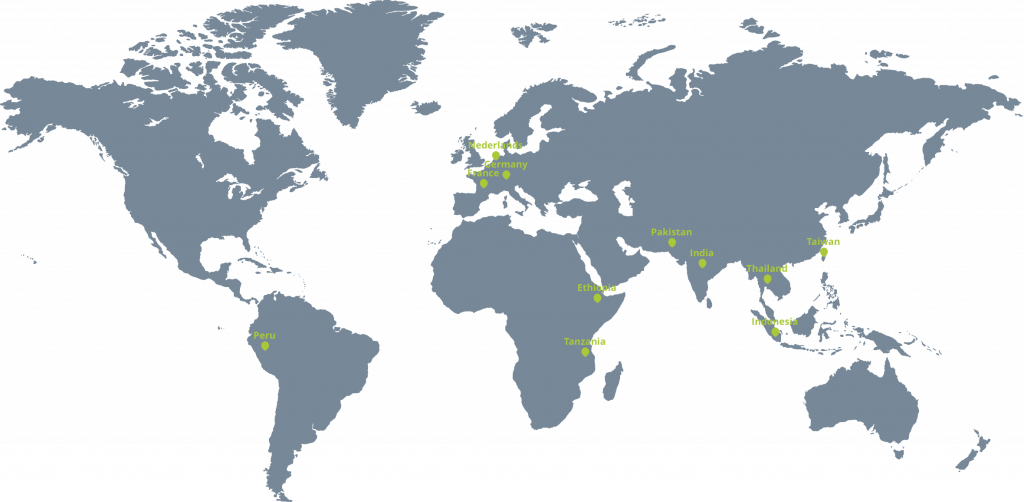Peru is a diverse country: tropical climate prevails in the Eastern rain forests (“Selva”) while there is a dry desert climate in the West and in the coastal regions (“Costa”). The central Andes (“Sierra”) and the Andean plateau (“Altiplano”) are moderate to cold zones. This diversity is reflected in Peruvian agricultural systems. Smallholder farmers in all parts of the country cultivate a multitude of maize varieties. This biodiversity is at risk due to increasingly extreme climate events and migration of young people to the cities, leading to the loss of traditional knowledge concerning cultivation, use and preservation of plants. As a result, there is a chronic shortage of food, especially in remote regions. A total of eight million out of 30 million Peruvians live below the poverty line.
KWS’ Capacity Building Initiative in Peru consists of various projects, completely financed by KWS, intended to help improve the food security of Peruvian smallholder farmers.
In one of these projects, in cooperation with the National Agrarian University La Molina (UNALM, Lima) and Hohenheim University (Stuttgart), KWS is working on the improvement of maize genetic resources management in the UNALM gene bank.
A total of 1807 maize accessions held by the UNALM genebank have been genotyped in cooperation with Prof. Karl Schmid (University of Hohenheim, Stuttgart, Germany) using genotyping by sequencing (GBS)). The sequence information is about to be published in a peer-reviewed scientific journal and in public sequence databases. The digital sequence information is used by the project team (consisting of scientists of UNALM and Hohenheim) to analyze the genetic diversity within and between the maize accessions. This helps to better understand the structure of the genetic diversity held in the genebank, to identify closely related accessions, and to derive efficient strategies for ex-situ and in-situ genetic resource management. It can also inform maize breeding strategies, for example initial heterotic grouping based on genetic distance.
- Project partners include the National Agrarian University La Molina (UNALM, Lima) and Hohenheim University (UH).
- A Peruvian PhD student is also involved in the project, and is being trained in cooperation with Prof. Dr. Karl Schmid (UH).
Contact persons:
Website: http://www.kws.com/li/bv/hhqn
